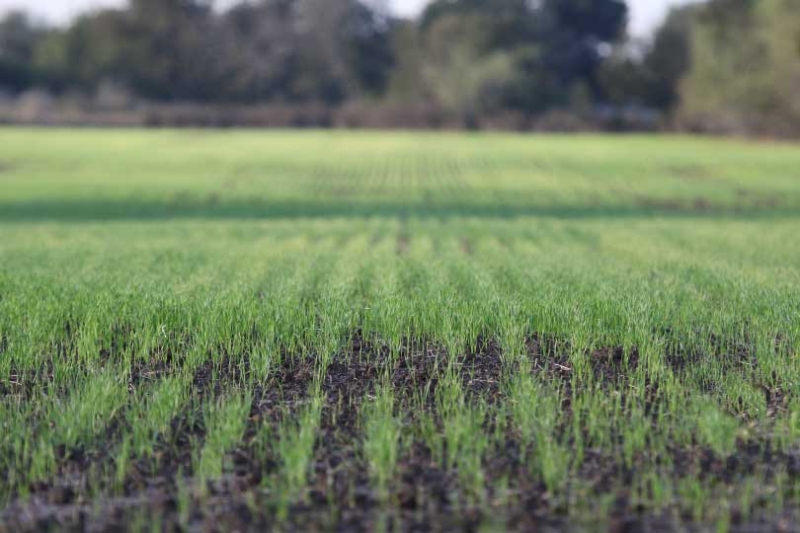By Emmy Powell
Communications Specialist
The winter wheat crop is going in the ground across much of the Lone Star State.
Farmers are making steady progress, with about 55% of the winter wheat crop planted. “Most of the planting activity that has taken place as usual is going to be for fall grazing,” Darby Campsey, director of Communications and Producer Relations for Texas Wheat Producers Board and Association, said. “Many producers are hoping to hold out and wait for some moisture. The South Plains recently got some moisture. I would expect that there will be a lot more planting activity going on, especially those producers who have been waiting to take advantage for grain production.”
The U.S. Department of Agriculture’s latest crop report shows that 28% of the Texas winter wheat crop has emerged, which is on track with previous years.
“We’re glad to see that it’s emerging well within the five-year average. That’s always a good sign, but we do want to continue to monitor the amount of moisture that we get over the planting season,” Campsey said. “As these crop condition reports start to come out, that should better reflect how the crop is really responding to any moisture or lack of moisture.”
October brings more planting activity, but Campsey noted forecast for rain could stall planting progress.
“We plant winter wheat until Dec. 15, so we have some time for us to get the crop in the ground. But this time of year can certainly change pretty drastically from week to week,” she said.
Texas has been affected by drought the past two years going into planting season. Some farmers received beneficial rains and were able to plant early last season, but Campsey said those who planted early felt the impact of the drought.
“The past two years, we’ve had pretty dry conditions going into the planting season. There have been some timely rains in August, particularly last year, that allowed producers to plant early. But many of the producers who planted early did get more significant impact from the drought, because the longer that the seed sits in the ground, the more moisture it needs,” Campsey said.
Farmers are hopeful for good moisture this growing season.
“This year, we’re really hoping that that moisture and cool weather does show up, so producers will have a better performing crop in the spring,” Campsey said. “Sometimes, it’s a mystery, because we’ll get the crop planted in the fall, and even if you do fall grazing, it can be hard to tell, once the crop goes into winter dormancy, how it’s going to perform in the spring.”

